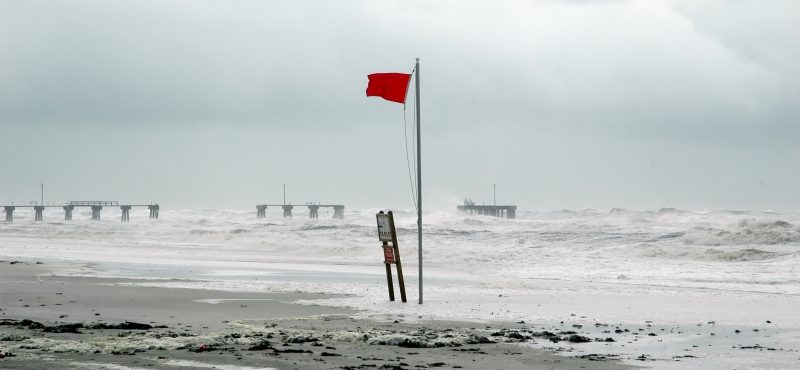Summer is here, and that means we’re in the midst of hurricane season. With the National Oceanic and Atmospheric Administration (NOAA) predicting a 60% chance of having an above-normal season, now’s the time to start taking precautions to protect our broadband infrastructure from extreme weather.
Thankfully, internet providers have extensive experience preparing for and responding to weather emergencies. Let’s take a look at what broadband providers are doing to keep us connected this hurricane season—and what you can do to protect the Wi-Fi installation in your own home.
How providers keep people connected and businesses open
Variations in weather often threaten our physical infrastructure and create spikes in use that stress our wireless networks. But broadband providers try their hardest to hurricane-proof the network by leveraging business continuity plans and disaster recovery teams. Working around the clock, these teams monitor and assess threats, establish emergency notification systems, train response personnel, and set up online tools to keep people connected.
These business continuity plans (BCPs) are intensive. Teams—like the one at Cox Communications—are often on the job by 6 AM listening to the latest reports from the National Weather Service and National Hurricane Center. On calm days, the team works on program development, training, and exercises, often collaborating with governments at all levels to create standardized response frameworks.
But on days with threats, the team swings into action. According to Jim Shortal, senior director of business continuity at Cox: “Our mission is always to help our residential customers get and stay connected to the people and things they care about most, and to allow our business customers to stay open. These things are particularly important after a devastating event.”
To fulfill this mission, teams often have to get creative. During Hurricane Florence in 2018, for instance, the Cox crew trialed drone technology to stay ahead of a rapidly evolving weather event. On the ground, meanwhile, the number one challenge is keeping systems running during power outages. To address this, many providers, including Charter, Comcast, and others, have come together to create “community connectors,’ or mobile Wi-Fi hotspots and charging stations powered by a bank of solar-rechargeable batteries. During the Baton Rouge floods of 2016, these community connectors also doubled as mobile retail stores for community members.
Hurricane-proofing your own home system
Although you may not have a budget that allows for drones and community connectors, there are some common-sense actions that you can take in your home and business to protect your broadband infrastructure during a weather emergency:
1. Put your data in the cloud
First and foremost, you should back up your data regularly through a cloud-based service. On-site servers could be knocked out by a power outage—leaving you without access to precious personal information.
2. Protect your hardware
Keep your hardware safe with power strips, surge protectors, and, if possible, a backup power source such as batteries or generators. You should also store modems, routers, CPUs, and similar devices in high-and-dry locations, far from windows and other areas susceptible to leaks or flooding.
3. Keep emergency information on hand
Finally, download any critical information before the storm occurs, so you have it on hand. This includes mobile apps like the one provided by Federal Emergency Management Agency (FEMA) and state and local government information. The more information you have on hand, the less you’ll be scrambling in critical moments when systems have not been fully restored.
Staying safe—and informed—through the storm
Severe weather can disrupt communities for months or even years after the event. But the broadband industry is here to make sure your service is there when you need it. By following these safety measures, you can help emergency response teams keep you safe, connected, and informed, no matter what storms roll in.
To find out more about how cable providers are creating a robust national infrastructure to get every American connected to the high-speed internet of the future, click here.
